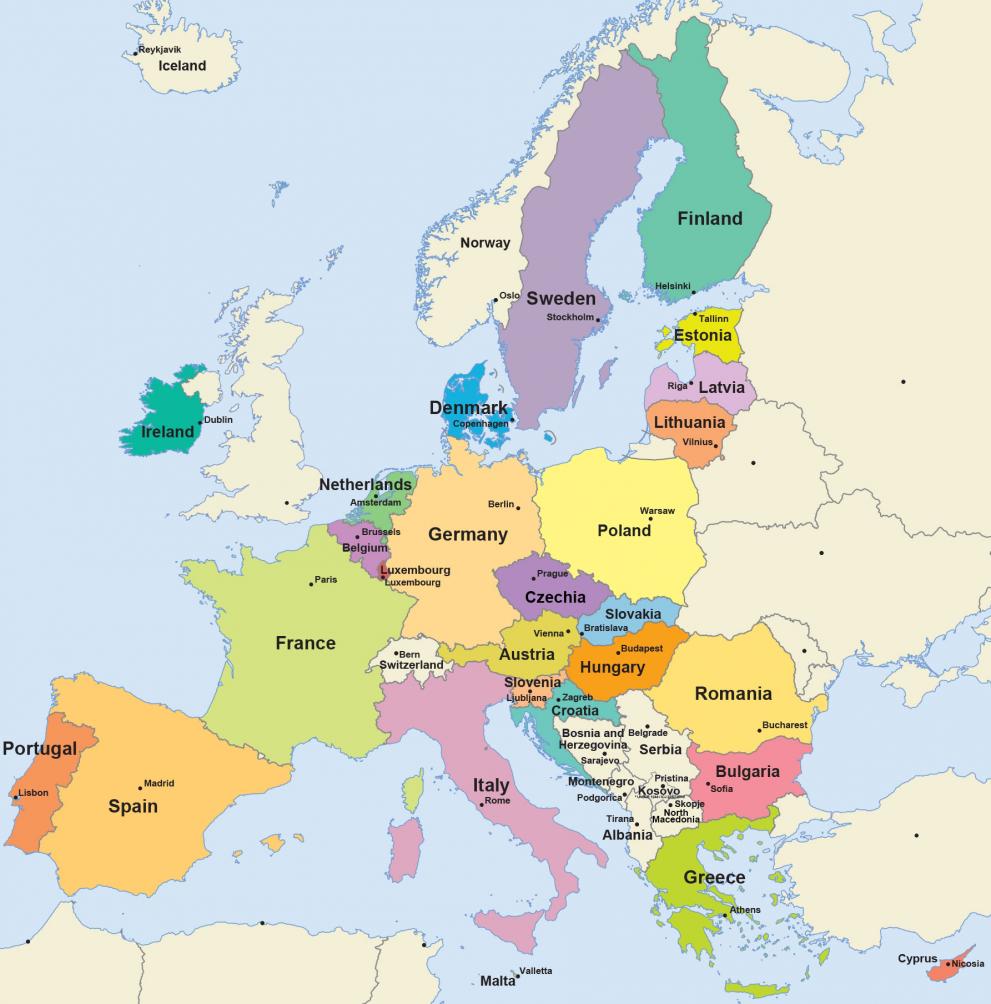Europa is one of the Galilean moons of Jupiter, and with a diameter of 3,121 km it is the sixth-largest moon in the Solar System. Europa’s surface is mostly composed of water ice, and it is thought to have an ocean of liquid water beneath its icy crust. This possibility makes Europa one of the most tantalizing targets in the search for life beyond Earth.
Europa was discovered in 1610 by Galileo Galilei, who observed it along with three other large moons orbiting Jupiter: Io, Ganymede, and Callisto. These four moons are sometimes referred to as the Galilean satellites. Europa was named after a mythical Phoenician princess who was abducted by Zeus and taken to Olympus.
The density of Europa indicates that it consists primarily of rocky material with a small amount of water ice. The exact composition of Europa’s surface is not well known, but spectroscopic observations suggest that it contains significant amounts of magnesium sulfate hexahydrate (MgSO4·6H2O), sodium chloride (NaCl), and possibly potassium chloride (KCl). There is also evidence for the presence of carbon dioxide (CO2) and carbon monoxide (CO).
Europa’s surface temperature averages about 110 K (-163 °C), making it far too cold to support liquid water on its surface. However, data from the Galileo spacecraft indicate that there may be a subsurface oceanof liquid water beneath Europa’s icy crust. This possibility has spurred great interest in studying Europa as a potential habitat for extraterrestrial life.
The most direct evidence for a subsurface ocean comes from measurements of Europa’s gravity field made by the Galileo spacecraft during its flybys in 1996-1997. These measurements showed that Europa has a very low mean density (~1 g/cm3), which suggests that it cannot be composed solely of rock like Earth or Mars. A likely explanation for this low density is that Europan consists largelyof rock with a significant componentof water ice (~50%). If this interpretationis correct then Eurosph might contain several times more water than allthe oceans on Earth combined! The existenceof an internal ocean also explains why Europan surfaceshow few impact craters; any crateringthat does occur would quickly be erasedby tectonic activity or resurfacingby liquidwater from below.


